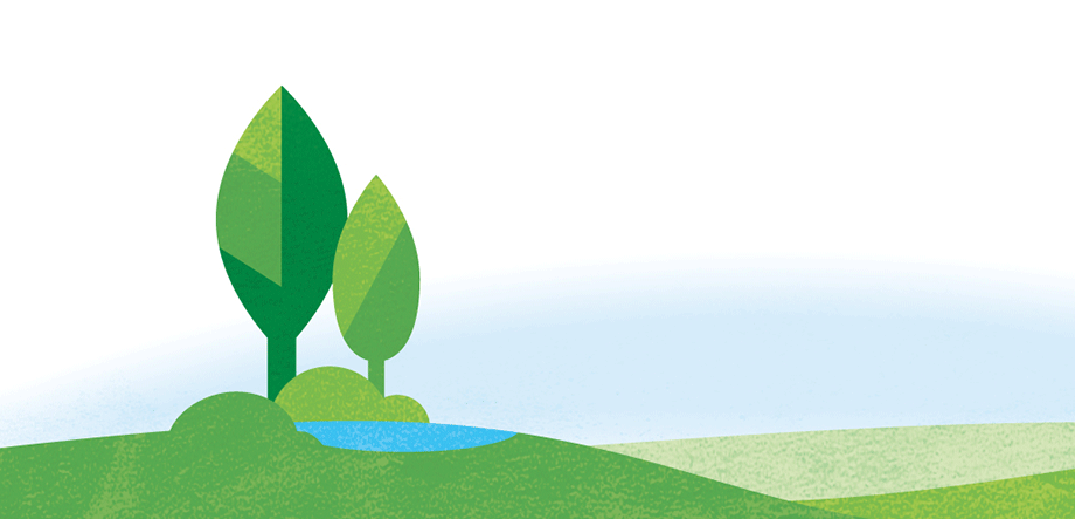Rivers, creeks, and wetlands are the lifeblood of NSW. They make towns more liveable and provide a place to relax, unwind and reconnect with nature. For Aboriginal people, healthy rivers are essential to spiritual, cultural, and physical wellbeing.
The benefits of a robust and productive river system extend well beyond the river bank. While some of these benefits are easy to see, others are less so. But all are critically important to the future of our river communities – plant, animal, and human.
Water for the environment is an important tool to ensure these natural systems survive and thrive for the benefit of all.
The role of water for the environment
Water for the environment helps to restore a more natural flow regime to rivers, creeks, and wetlands.
The construction of dams and weirs has provided a more reliable source of water for people but disrupted the natural flow cycle needed for healthy rivers and wetlands. Growing demand for river water has also seen an overall reduction in the amount of water available to support these floodplain habitats.
Water for the environment is used to target specific outcomes for plants or animals by providing the right amount of water at the right time for them to feed, breed, and grow.
It is a critical tool to support the health of rivers and wetlands and in doing so support the communities that rely on them.
How healthy rivers benefit people, plants, and animals
Recreational fishing, tourism, agriculture, industry, and public health all benefit from robust and productive river systems.
Water for the environment supports the health of the river so that it can in turn provide for human needs.
As water moves onto the floodplain, it releases carbon that energizes the food web.
River pulses triggerfish breeding and movement. Juvenile fish find safe haven in floodplain wetlands where they can feed and grow before returning to the river to continue their life cycle.
Rivers deposit sediment on the floodplain, nourishing soils and providing grazing habitat for native animals and livestock.
Waterbirds flock to healthy wetlands. This makes rivers and wetlands a focal point for birdwatchers.
Wetlands are the kidneys of the waterways. Aquatic plants help to filter water as it moves through the system, slowing flows and performing an important nutrient cycling function.
These plants flower and set seeds during watering events, providing food and shelter for a range of insects, frogs, reptiles, and mammals.
Woodland birds also respond to a healthy wetland environment. They feed, breed, and move out into the surrounding landscape helping to pollinate plants and control pest insects.
Wetlands are also a magnet for migratory waterbirds, some of which travel thousands of kilometers to feed and/or breed during times of inundation.
Water for the environment is vital to help maintain a healthy, productive, and resilient river system for the benefit of plants, animals, and people.